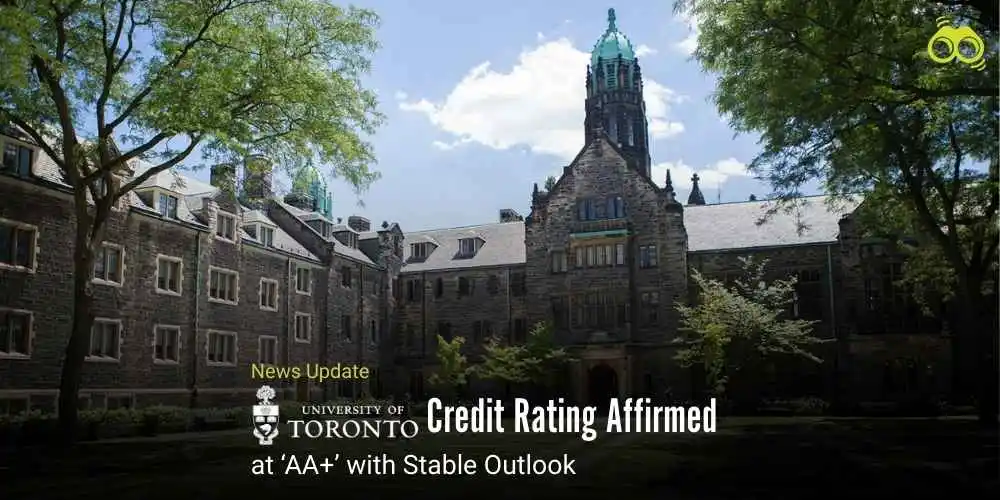HECS/HELP Relief Welcomed, But Systemic Issues Remain Unresolved
Australia’s 20% Student Debt Cut: A Step Forward, Not the Finish Line
In a significant policy shift aimed at alleviating the mounting financial pressures on graduates, the Australian government has announced plans to reduce student debt by 20% across the board. This initiative has reignited public interest in the scale of student debt among young Australians and its trajectory over recent years. At the heart of this proposal is Labour’s student debt relief bill, which is expected to pass with bipartisan support. If enacted, the legislation would provide meaningful relief to approximately 3 million graduates, reducing their HECS/HELP debt by an average of $5,500 per person. This move represents a pivotal moment in Australia’s approach to higher education financing, with far-reaching implications for economic mobility, workforce participation, and the accessibility of tertiary education. It also signals a renewed commitment to easing the financial burden on graduates and promoting a more equitable education system.
However, data from the Australian Taxation Office reveals that the average HECS/HELP debt among young Australians increased by nearly one-third between 2009 and 2024, even after adjusting for inflation. As a result, repayment periods are now approaching ten years, raising concerns about long-term debt sustainability. While some economists have questioned the fairness of Labour’s proposed 20% debt cut, Professor Andrew Norton has warned that more graduates risk becoming trapped in a debt cycle, repaying less than the annual indexation. This concern has prompted calls for deeper reform.
On 23 July, ACT Senator David Pocock, alongside five independent MPs and several peak bodies, advocated for structural reforms in higher education, including a comprehensive review of student fees. He criticised Labour for initiating yet another review of a system already widely recognised as flawed, casting doubt on the government’s commitment to genuine reform. Under the Coalition’s 2021 Job-Ready Graduates (JRG) scheme, student contributions for degrees in arts, law, and business rose sharply, with annual debts reaching approximately $17,000. Despite widespread criticism, the government has postponed its review to the interim tertiary commission, delaying potential corrective action.
In response, Dr Monique Ryan, independent MP for Kooyong, has announced plans to introduce an amendment to Labour’s bill. Her proposal seeks to reverse the JRG scheme and delay HECS/HELP indexation until after prepayments are accounted for. Currently, debts are indexed before the Australian Taxation Office processes repayments, thereby increasing interest charges. Dr Ryan argued that if the government truly values education, it must commit to properly funding it. Meanwhile, National Union of Students president Ashlyn Horton welcomed the debt cut as a long-overdue response to public concern. Nevertheless, she emphasised that the measure falls short of addressing deeper structural issues, such as expensive degrees and the burden of lifelong debt. While the proposed debt reduction offers immediate relief, it underscores the urgent need for comprehensive reform to ensure long-term equity and sustainability in Australia’s higher education system.
Editor’s Note:
As Australia gets ready to introduce one of its biggest student debt relief plans in years, the reaction is a mix of relief and concern. Cutting HECS/HELP debt by 20% will be a major help for millions of graduates who are facing long repayment periods and rising interest rates. But while this policy is a positive step, it’s only one part of a larger problem in the higher education system. The system is still dealing with confusing fee structures, delays in reforms, and ongoing concerns about whether the university remains financially accessible for everyone in the long run. Independent MPs, economists, and student groups all seem to agree on one thing: reducing debt is helpful, but not enough on its own. One of the biggest issues is the Job-Ready Graduates scheme, which raised the cost of some degrees, like arts and law, without a clear reason. Even though the scheme has been criticised widely, the government has delayed taking action, leaving people unsure about when real change will happen.
Skoobuzz believes that the 20% student debt relief is a welcome and timely step, offering real help to many graduates struggling with long repayment. However, this measure should not be mistaken for a complete solution. While easing financial pressure is important, it does little to address the deeper, long-standing challenges facing Australia’s higher education system, like uneven fee structures, growing indexation, and a lack of timely reform. Education is a societal good, not just an individual cost. This moment should be a turning point for lasting reform, moving beyond short-term fixes to make education fair, accessible, and sustainable for future generations.














0 Comments (Please Login To Continue)